Carbon Monoxide Safety: Protect Your Home, Health, and Family
Table of Contents
- What Is Carbon Monoxide?
- Symptoms of Carbon Monoxide Exposure
- The Dangers of Carbon Monoxide from Vehicles in Garages
The Real Estate Perspective on Carbon Monoxide Safety
From a real estate perspective, homes equipped with up-to-date CO detectors and well-maintained fuel-burning appliances are more attractive to buyers. As the Calgary real estate market becomes increasingly competitive, ensuring your home is safe from CO hazards can enhance its value and appeal. Potential buyers often inquire about safety features and the condition of appliances during showings and inspections. A home that demonstrates a commitment to safety not only provides peace of mind but can also expedite the selling process.
- How to Protect Your Home and Family from Carbon Monoxide

- Install Carbon Monoxide Detectors
- Where to Buy a Carbon Monoxide Detector
- Home Improvement Stores
- Electronics and Retail Stores
- Online Marketplaces
- Specialty Safety Equipment Stores
- Local Hardware Stores
- Things to Consider When Buying a CO Detector
- Pricing
- Maintain and Service Appliances
- Never Run a Vehicle in an Attached Garage
- Properly Ventilate Combustion Appliances
- Keep Vents and Exhausts Clear of Obstructions
- Carbon Monoxide Safety in Condominiums
- Shared Ventilation Systems
- Installing CO Detectors
- Be Aware of Your Surroundings
- Parking Garages and CO Exposure
- Carbon Monoxide Safety at Work
- Identify Potential Sources of Carbon Monoxide
- Ventilation and Air Quality
- Carbon Monoxide Safety Checklist
- Carbon Monoxide Alarm Maintenance
Carbon monoxide (CO) is often referred to as the "silent killer" because it is colorless, odorless, and tasteless, making it nearly impossible to detect without the help of a carbon monoxide detector. It’s a poisonous gas that can accumulate in homes and pose serious health risks, ranging from headaches and dizziness to death. Understanding the dangers, recognizing the symptoms of poisoning, and taking preventive measures are essential steps in keeping your home and family safe.
Calgary's unique climate and home structures make carbon monoxide safety especially important for residents. With colder temperatures leading to increased use of heating systems, the risk of CO buildup becomes higher during the winter months. Additionally, many Calgary homes feature attached garages and fuel-burning appliances, common sources of CO. As a trusted Calgary real estate team, we are committed to ensuring our community is well-informed and protected against this silent threat.
Each year, the Calgary Fire Department responds to a significant number of carbon monoxide (CO) calls, underscoring the importance of public awareness and safety when it comes to this silent, odorless, and potentially deadly gas. These calls often come from residents who experience symptoms of CO poisoning or from alarms triggered by faulty appliances, poor ventilation, or gas buildup in homes and garages. The Calgary Fire Department emphasizes the critical need for CO detectors in every home, as they are the only reliable way to alert residents to the presence of dangerous gas levels.
In 2022 alone, there were over 1,500 CO-related incidents reported in Calgary[1], emphasizing the need for vigilance.
In addition to responding to emergency situations, the department is dedicated to educating the public on how to prevent CO exposure through regular maintenance of fuel burning appliances, proper ventilation, and safe practices such as never idling vehicles in attached garages. Their ongoing efforts aim to reduce CO related emergencies and ensure the safety of Calgary's residents year round.
Read on and explore what carbon monoxide is, how it enters your home, the symptoms of poisoning, and most importantly, how you can protect yourself and your loved ones from its harmful effects.
What Is Carbon Monoxide? 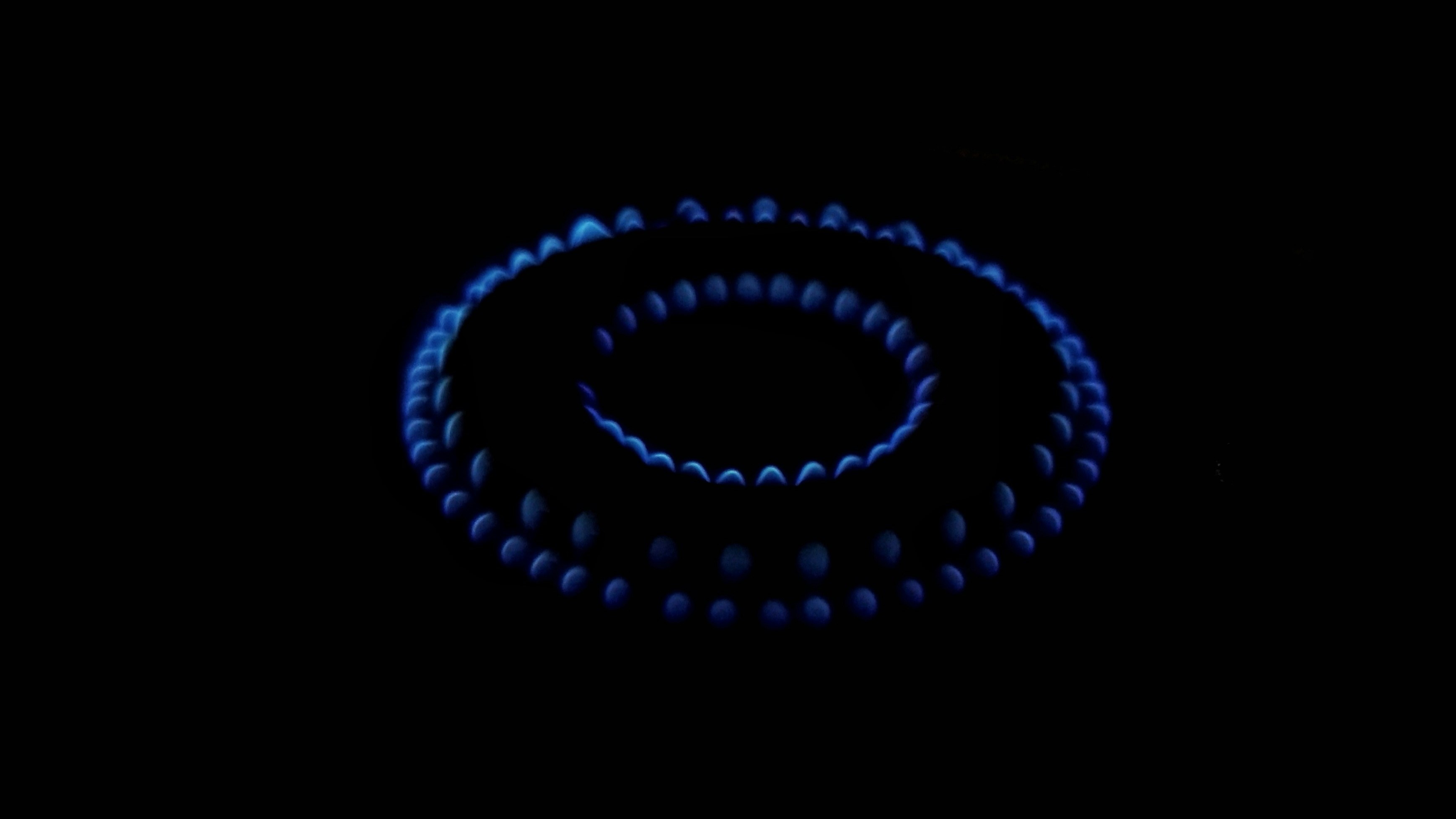
Carbon monoxide is a colorless, odorless, and tasteless gas that is produced when fuel, such as natural gas, propane, wood, or gasoline - is burned incompletely. Common sources of CO in your home include:
- Furnaces, water heaters, and fireplaces (especially gas powered ones)
- Stoves and ovens
- Vehicles left running in an attached garage
- Space heaters and generators that burn fuel
When these appliances are not properly maintained or vented, CO can build up to dangerous levels indoors.
Symptoms of Carbon Monoxide Exposure
Carbon monoxide poisoning is difficult to detect because its symptoms often resemble those of the flu, food poisoning, or other common illnesses. The symptoms can vary depending on the level and duration of exposure but typically include: 
- Headaches
- Nausea
- Dizziness
- Fatigue
- Confusion
- Loss of consciousness (in severe cases)
In addition to the physical symptoms, other indicators that you may have carbon monoxide buildup in your home include:
- Stale or stuffy air
- Excess moisture on windows and walls
- Soot build up around appliances and vents
- A pilot light that frequently goes out
If you or anyone in your home experiences any of these symptoms or if your carbon monoxide alarm goes off, it’s essential to leave the house immediately and call 911. Do not return to the home until emergency personnel give you the all clear.
The Dangers of Carbon Monoxide from Vehicles in Garages 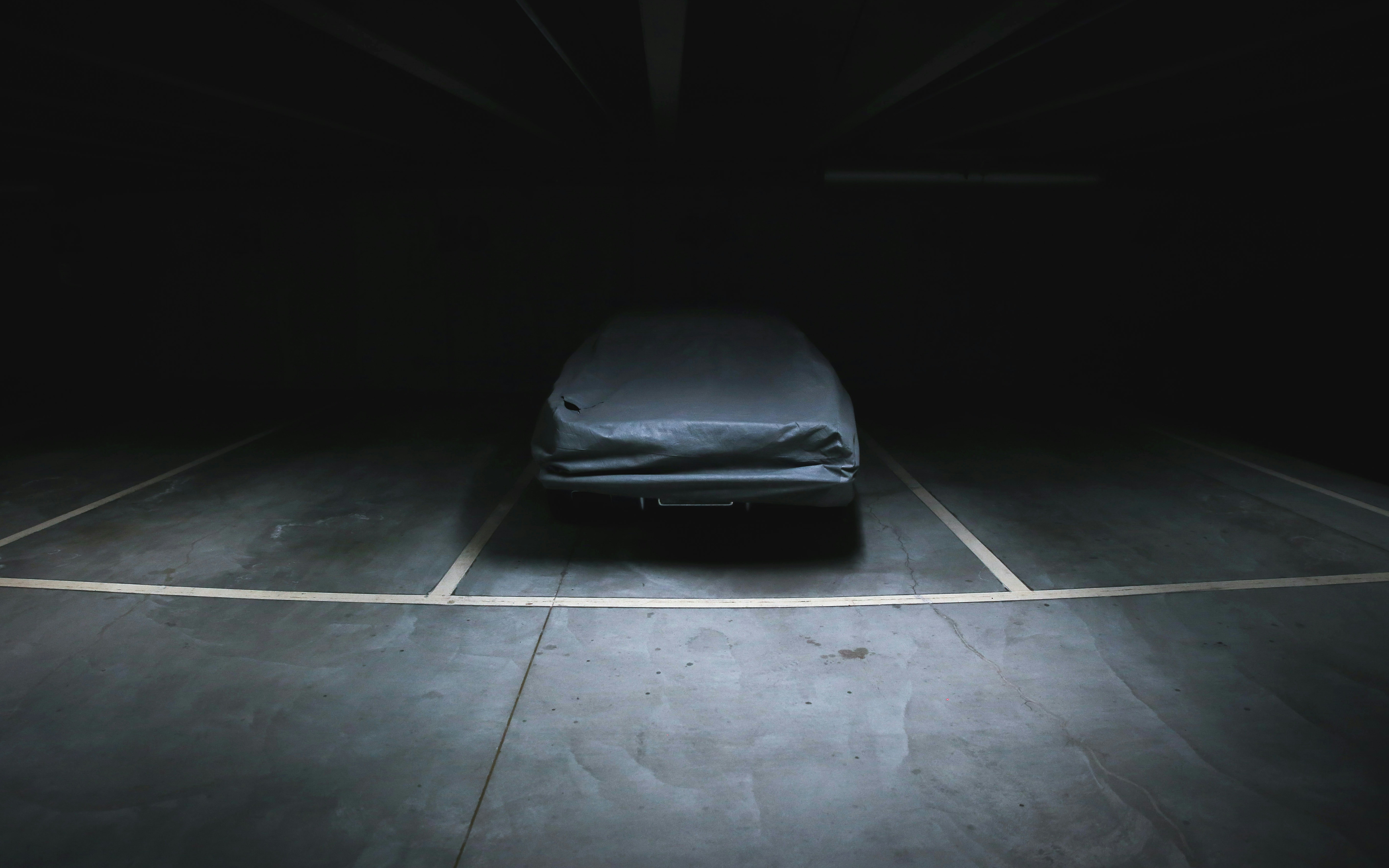
One of the most significant risks of carbon monoxide in residential areas comes from vehicles running inside an attached garage, even if the garage door is open. When a car is running, it produces CO through its exhaust pipe. In an enclosed or partially enclosed space like a garage, CO can accumulate very quickly, potentially entering your living spaces through gaps in the door or walls separating the garage from the home.
Even with the garage door open, CO gas can still leak into your home, especially if the garage is sealed, poorly ventilated, or small. The gas is heavier than air, so it tends to settle in lower areas or seep into nearby rooms, putting everyone in the house at risk. It’s critical to never leave a vehicle running in an attached garage, always drive the car out of the garage quickly and never let it idle inside the garage. If your vehicle has an auto start feature, be sure to hang your key fob out of the reach of young hands who may inadvertently push the start feature on your vehicle FOB.
How to Protect Your Home and Family from Carbon Monoxide
There are simple but important steps you can take to prevent carbon monoxide poisoning and keep your family safe.
Install Carbon Monoxide Detectors
The most important step you can take is to install carbon monoxide detectors in your home. These devices can detect CO buildup and alert you to dangerous levels of the gas before they cause harm.
- Where to install detectors: It is recommended to install at least one CO detector on every level of your home, especially near bedrooms. If you are sleeping with the door closed, make sure the alarm can be heard by testing it from the bedroom, or consider placing a detector directly inside the room.
- Regular maintenance: Test your CO detectors monthly to ensure they are working. Replace the batteries annually, or opt for alarms with 10-year lithium batteries that do not need yearly replacements.
Where to Buy a Carbon Monoxide Detector in Calgary
You can purchase a carbon monoxide (CO) detector at various retailers throughout Calgary:
- Home Improvement Stores: Visit local branches of Home Depot, Lowe's, or RONA for a range of CO detectors.
- Electronics Stores: Stores like Best Buy in Calgary offer advanced detectors with smart home integration.
- Local Hardware Stores: Check out Calgary Co-op Home Health Care and other independent hardware stores for personalized advice.
- Online Options: Amazon.ca and other online retailers deliver to Calgary, often with quick shipping options.
Tip: Ensure any CO detector you purchase meets Canadian safety standards, such as those certified by the Canadian Standards Association (CSA).
Home Improvement Stores 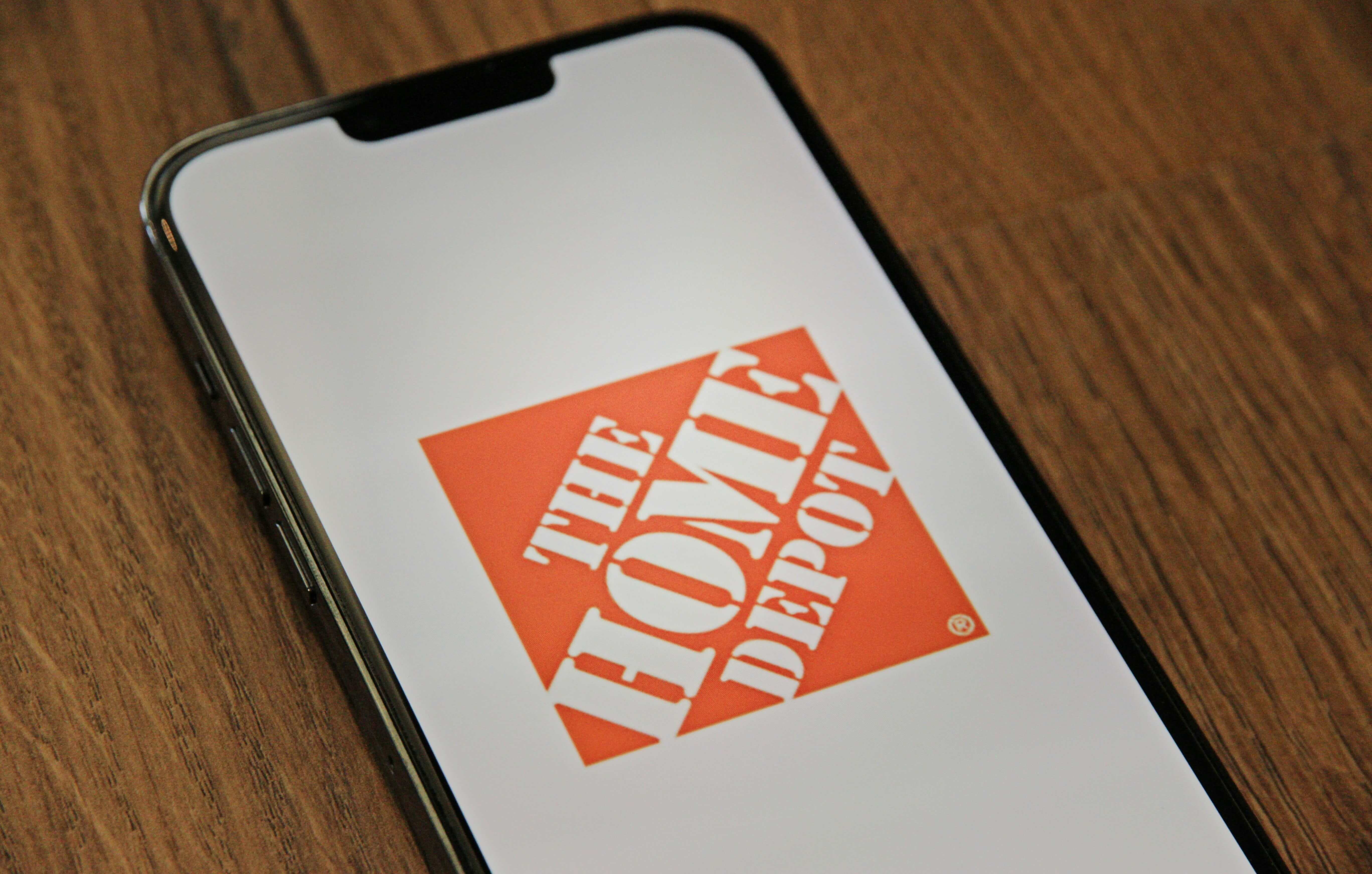
These stores typically offer a range of CO detectors, from basic models to more advanced ones with smart features. They may carry options like battery-operated, plug-in, and hardwired detectors.
Electronics and Retail Stores
Electronics retailers often stock CO detectors with added features such as digital displays, smart technology integration, or compatibility with other home safety systems. These stores may also offer models that allow for remote monitoring.
Online Marketplaces
Online platforms provide a wide selection of CO detectors from various brands, often with customer reviews to help you make an informed decision. Many online retailers also offer convenience like free shipping and easy returns.
Specialty Safety Equipment Stores
These stores specialize in safety products and often carry a variety of CO detectors, including models designed for specific needs, such as higher-end or commercial-grade options.
Local Hardware Stores
Independent hardware stores, especially those in areas with higher CO risks (like colder climates), often carry CO detectors. They may offer personalized service and advice when choosing the best detector for your home.
Things to Consider When Buying a CO Detector:
- Battery Operated versus Plug-In versus Hardwired: Battery-operated units are easy to install but require regular battery changes. Plug-in models need to be near an outlet, while hardwired detectors are permanent installations.
- Smart Features: Some models come with smartphone alerts or integration with home automation systems for added convenience.
- Display Features: Look for detectors with a digital display that shows current CO levels for real-time monitoring.
- Certification: Ensure the detector meets safety standards, such as those from Underwriters Laboratories (UL) or the Canadian Standards Association (CSA).
Pricing:
CO detectors generally range from $25 to $100, depending on the features and brand. Basic models typically cost between $25 and $50, while more advanced models with smart capabilities or additional features can go for $75 to $100+.
Maintain and Service Appliances
Proper maintenance of appliances that burn fuel is crucial to preventing CO buildup. Have a qualified professional inspect your furnace, water heater, fireplaces, and other combustion-based appliances annually. Regular maintenance can catch small issues before they become larger, dangerous problems.
- Check vents: Ensure that chimneys, flues, and vents are clean and unobstructed. Blocked vents can trap CO inside your home.
- Replace filters: Ensure your furnace and HVAC systems have clean filters and are well maintained.
Never Run a Vehicle in an Attached Garage
Remember, never leave a vehicle running inside an attached garage, even if the door is open or even if it is just for a short time. Carbon monoxide can quickly accumulate and seep into the home through small gaps, leading to poisoning. Always drive your car out of the garage after starting it.
Properly Ventilate Combustion Appliances
Whether you’re using a gas stove, space heater, or fireplace, make sure these appliances are properly vented. Open the flue of your fireplace before using it, and never use the stove or oven to heat your home. Always ensure that there is adequate airflow when using any fuel-burning appliance.
Keep Vents and Exhausts Clear of Obstructions 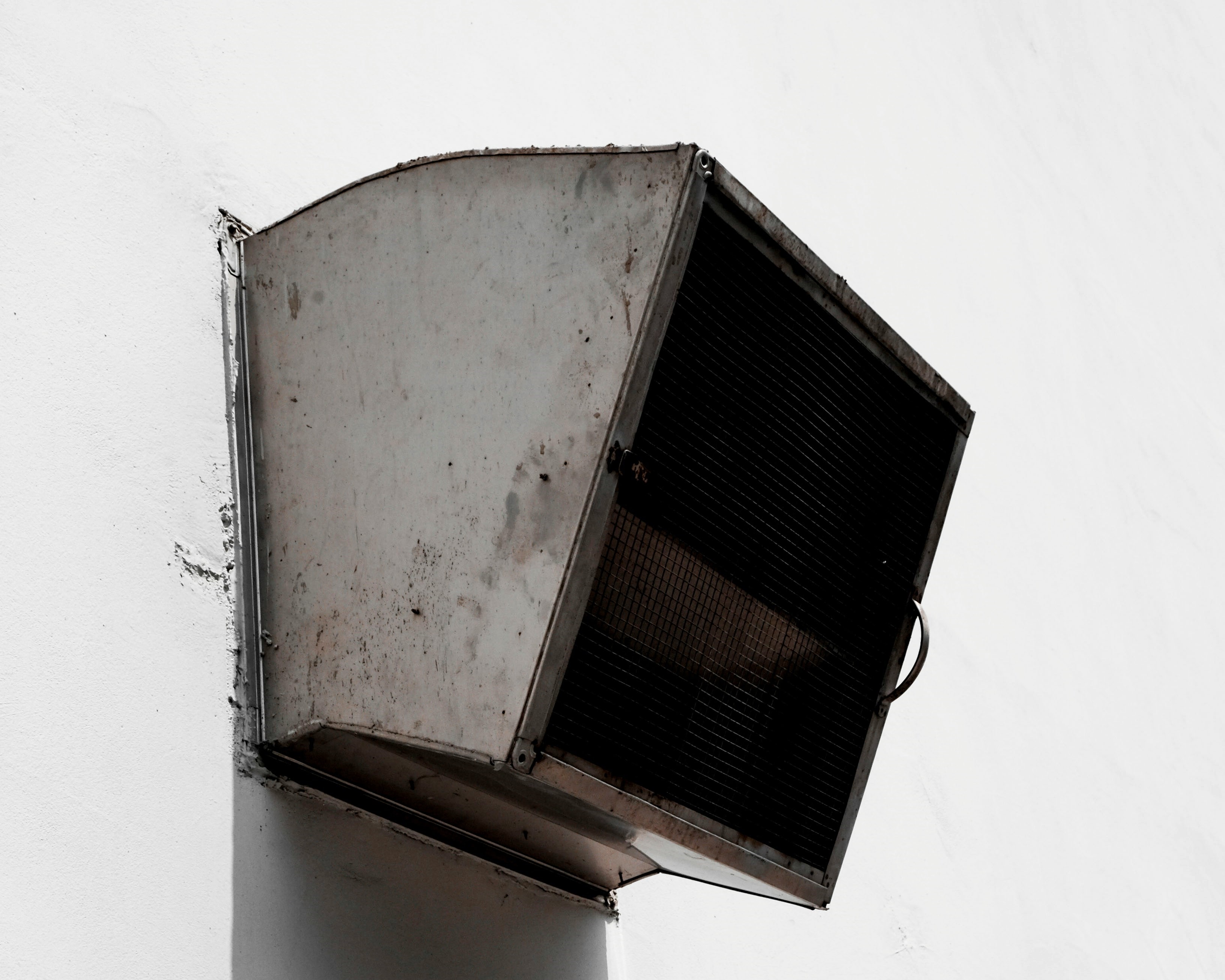
To prevent CO buildup, keep all vents and exhaust pipes for stoves, dryers, furnaces, and fireplaces clear of debris, including snow or leaves.
- Outdoor tips: Gas and charcoal barbecues should only be used outdoors and kept far away from windows, doors, vents, and building openings. Similarly, portable generators should always be used outside and in well-ventilated areas.
Calgary Bylaws on CO Detectors: The City of Calgary recommends that all residential properties have CO detectors installed, especially those with fuel-burning appliances or attached garages. While not yet mandatory in all homes, it's expected that regulations may tighten in the future to enhance public safety. Staying ahead of these regulations not only keeps your family safe but also ensures your property remains compliant and market-ready.
Carbon Monoxide Safety in Condominiums
Living in a condominium introduces some unique challenges when it comes to carbon monoxide safety, especially since condos are often built in close proximity to other units. This can make ventilation and airflow more challenging than in a detached house. However, it's equally important for condo residents to take CO risks seriously and ensure their safety.
Shared Ventilation Systems
In many condos, especially high-rises, there are shared ventilation systems that can affect the distribution of air, including exhaust gases like carbon monoxide. If one unit’s gas appliance is malfunctioning or venting improperly, CO could potentially affect neighboring units. It's crucial to make sure that:
- All shared vents are unobstructed and working properly.
- Any gas appliances in the unit, like stoves or water heaters, are serviced regularly and venting correctly.
Installing CO Detectors
Much like in single-family homes, carbon monoxide detectors are essential in condos. However, since condos have multiple units, it is important that:
- CO detectors are installed in each individual unit and on every floor if you live in a multi-story condo.
- Detectors should be placed near bedrooms to alert you while you sleep.
- If you live in a high-rise, ensure the CO detector is installed near any fuel-burning appliances like gas stoves, fireplaces, or water heaters.
Be Aware of Your Surroundings
Even if you take every precaution in your own unit, it’s important to be aware of your neighbors. If you live in a condo building with common areas, check that those areas are properly ventilated and that shared appliances (like heating systems or laundry rooms) are regularly maintained. You can reach out to your condo board or building management if you notice anything unusual.
Parking Garages and CO Exposure 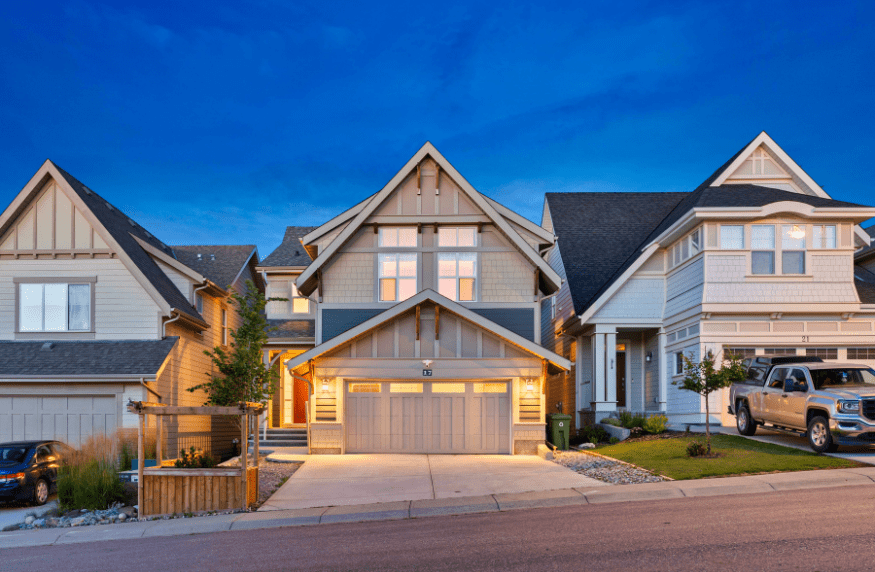
Many condo buildings have underground parking garages, which are common areas of concern for carbon monoxide exposure. Since these garages are often poorly ventilated, exhaust from cars can build up quickly, creating a risk of CO seeping into the building. If you live in a condo with an underground parking garage, make sure:
- Exhaust fans are functioning correctly to help ventilate the garage.
- Never leave your car running inside the garage, even if the door is open.
- Ensure there is adequate ventilation in the garage, and raise concerns with building management if you feel the airflow is inadequate.
Carbon Monoxide Safety at Work
Carbon monoxide safety isn’t just limited to your home—it is equally important to be mindful of CO risks in the workplace. Many workplaces use fuel-burning equipment, have heating systems that run on natural gas or propane, or operate in spaces with limited ventilation, all of which can present risks for CO exposure. Here is how you can stay safe at work:
Workplace Safety in Calgary: Employers in Calgary are required to adhere to Alberta Occupational Health and Safety regulations regarding CO exposure. This includes regular monitoring of CO levels, especially in industries like manufacturing, warehousing, and construction. For more information, visit the Alberta Occupational Health and Safety website.
Identify Potential Sources of Carbon Monoxide 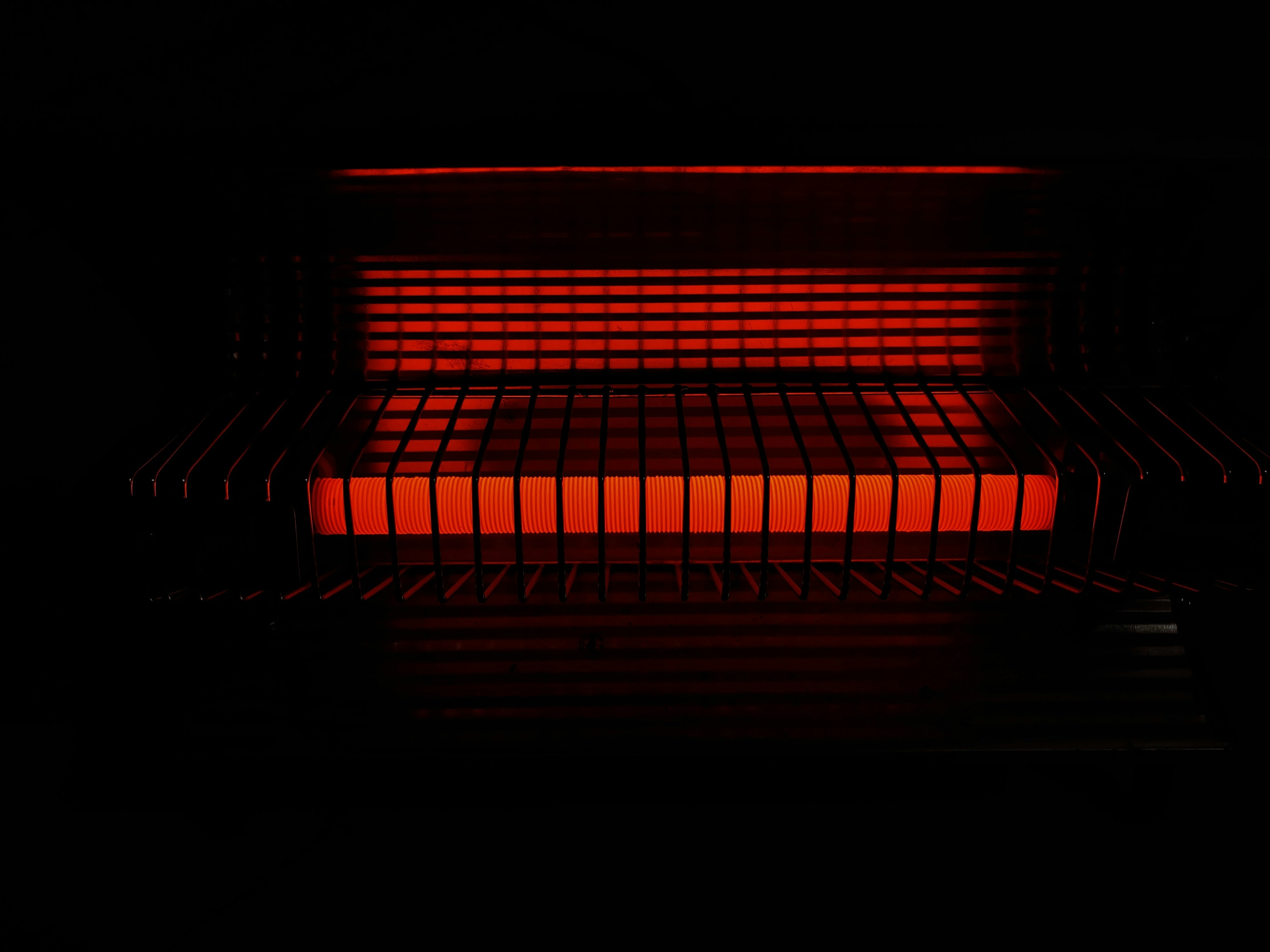
At work, CO may be produced by machinery, heating systems, or vehicles. Common sources include:
- Forklifts and other gasoline or propane-powered equipment
- Gas heaters and industrial furnaces
- Generator systems used for backup power
- Vehicles in parking garages or loading areas
Ensure that your workplace regularly inspects and maintains all fuel-burning equipment, heating systems, and ventilation systems to prevent CO buildup.
Ventilation and Air Quality
In any workplace where CO is a potential risk, proper ventilation is critical. Poorly ventilated areas, especially in warehouses, factories, or garages, are at higher risk for CO accumulation. Make sure that:
- Exhaust systems are installed and properly maintained to vent CO outdoors.
- If working in enclosed areas, ensure that fresh air intake systems are functioning.
Carbon Monoxide Safety Checklist
To help ensure the safety of your home, here is a simple Carbon Monoxide Safety Checklist:
- Fuel burning appliances (furnace, hot water heater, fireplace, natural gas range, etc.) checked by a qualified technician regularly according to manufacturers’ specifications. Last inspection (date): ________________________
- Furnace filter checked monthly and replaced (if necessary). Date last replaced: ___________________________
- Indoor and outdoor vents and chimneys cleared of debris, snow, and ice (if necessary).
- Area around fuel-burning appliances clutter-free.
- Flame of all natural gas appliances checked regularly (it should be blue).
- Adequate air supply (nearby window opened) when using a wood-burning fireplace.
- Vehicles never idled in garage, even with the overhead door open.
Carbon Monoxide Alarm Maintenance
- CO alarm(s) installed and maintained according to manufacturers’ instructions.
- Expiry date written on CO alarm(s) with a marker. Date of expiry: _____________________________
- CO alarm(s) battery replaced annually, if applicable.
- CO alarm(s) vacuumed monthly.
Frequently Asked Questions
Is carbon monoxide detector mandatory in Calgary?
While not yet mandatory in all homes, the City of Calgary strongly recommends installing CO detectors, especially if your home has fuel-burning appliances or an attached garage.
Where should I place carbon monoxide detectors in my home?
Install CO detectors on every level of your home, particularly near sleeping areas and fuel-burning appliances.
How often should I replace my carbon monoxide detector?
Most CO detectors have a lifespan of 5 to 7 years. Check the manufacturer's instructions and replace them accordingly.
What are the symptoms of carbon monoxide poisoning?
Common symptoms include headaches, dizziness, nausea, and fatigue. If you suspect CO poisoning, evacuate immediately and call 911.
By following these guidelines and performing regular maintenance, you can significantly reduce the risk of carbon monoxide exposure in your home and workplace. Stay safe and be proactive in protecting your loved ones and colleagues from this silent but dangerous threat. Taking your safety into your own hands starts with being proactive and prepared. By installing carbon monoxide detectors in your home, regularly maintaining your fuel-burning appliances, and following safety guidelines, you can significantly reduce the risk of CO poisoning for you and your family. Simple actions like testing alarms, ensuring proper ventilation, and being cautious with gas-powered equipment can make a life-saving difference. Remember, carbon monoxide is a silent threat, but with the right precautions, you can safeguard your home and health. Stay vigilant, stay informed, and take the necessary steps to protect those you love from this invisible danger. Your safety is in your hands, make it a priority today.
Share this Article
If you found this information helpful, please share it with friends, family, and neighbors. Together, we can make Calgary a safer place for everyone. Use the hashtags #CalgaryHomeSafety and #CarbonMonoxideAwareness when sharing on social media.
References:
- [1] Calgary Fire Department Annual Report 2022. Available at www.calgary.ca/fire
- Alberta Occupational Health and Safety. Available at www.alberta.ca/occupational-health-safety.aspx
Additional Resources:
Posted by Cody Tritter on
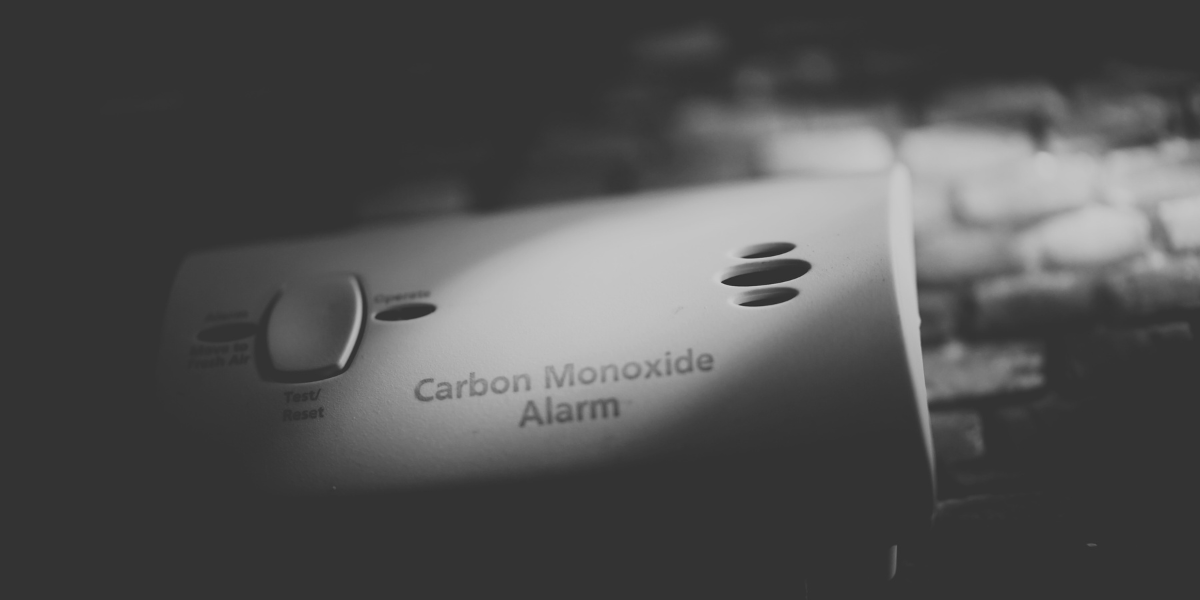

Leave A Comment